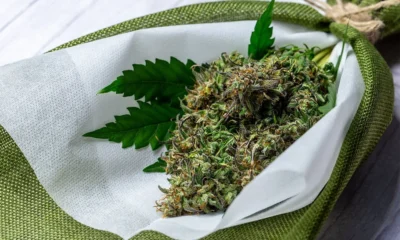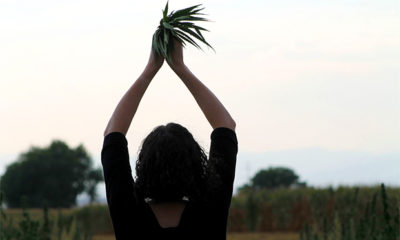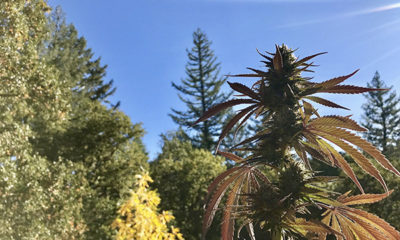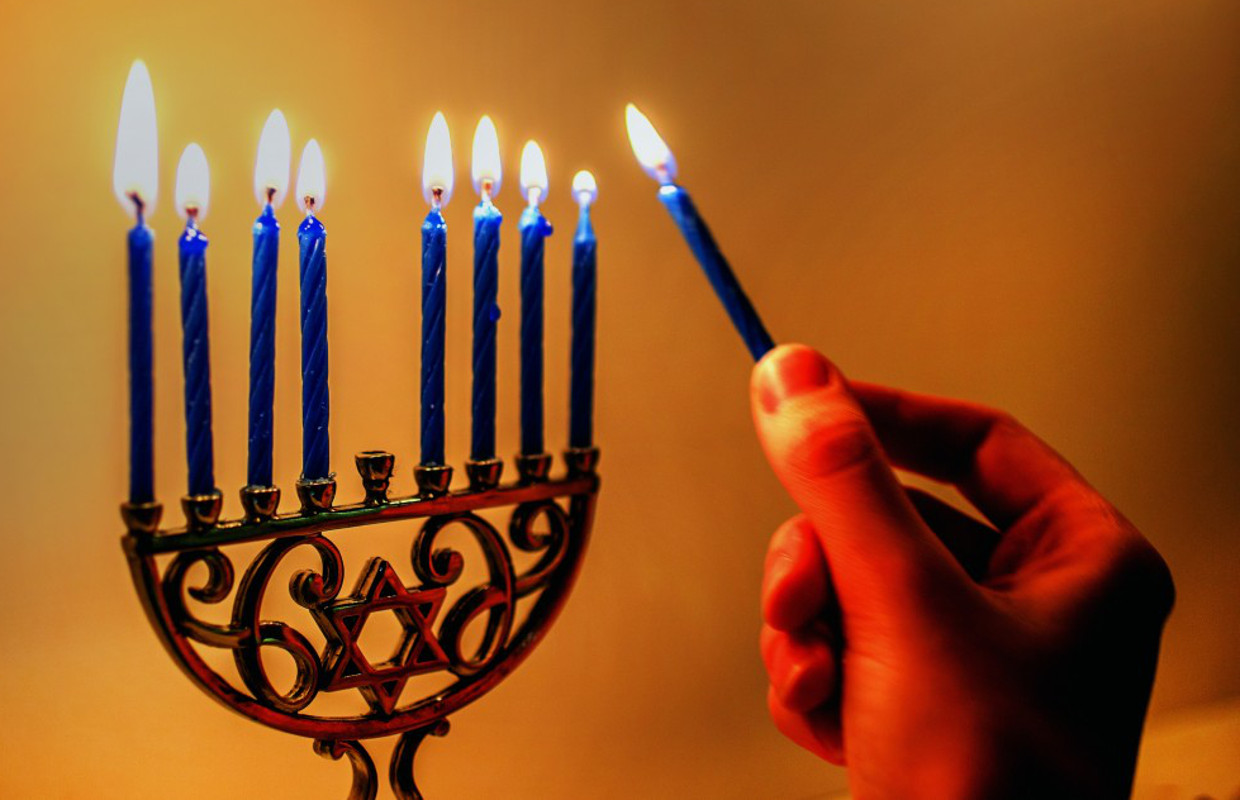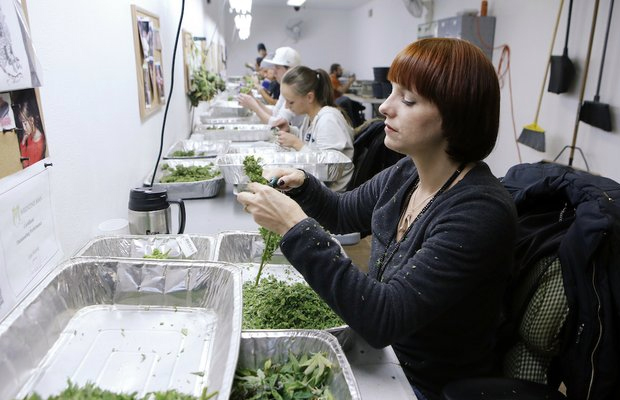
Joint Opinions
Where Are All the Women In the Cannabis Industry?
Equality for women in the workforce is not a new issue, but in the world of legalization, it is an especially complex one. Women seem to be underrepresented in both the industry and activist movement. We attend business conferences where there are no female speakers, we have to wonder how present we really are in the industry and movement, and what that presence really means.
Perception may be key here, when I spoke with various women in the movement about the topic, many said there wasn’t a shortage of women at all, but rather an inaccurate reflection of their involvement by the media.
“Man, woman, child or goat, I will support anyone who is worthy, and if they are not in my opinion, I will not. Too often this blanket cry of ‘unity’ is used to hide some despicable behavior, from men and women. Honesty and integrity is what is needed, not unity,” says Cheri Sicard. Sicard is a chef, and author of six books including the Cannabis Gourmet Cookbook. She is currently working on Mary Jane: The Complete Guide to Marijuana, available in Spring 2015.
Some activists say the media is to blame. Sharon Whitson is the General Manager of Seattle Hempfest, the largest cannabis protestival in the world, which also happens to have a female-dominated Steering Committee.
“Vivian [McPeak] is our rock star and the Founder of Seattle Hempfest. Vivian is our main speaker and Executive Director so he is the natural place for the media to start. I’m fine as I don’t personally need public accolades for my work. The private ones I get from our team fill my ego, so to speak. Vivian always credits me as being the person running Seattle Hempfest…I don’t feel dismissed, as much as overlooked for my contribution, by the media,” Whitson says.
Then there is the compassionate volunteer, the activist. According to the US Bureau of Labor Statistics, women with children under age 18 volunteered at a higher rate than men with children under age 18. In this area, women seem most prevalent, but where are they on the issue of marijuana?
Several women have commented that the reason they don’t get involved in cannabis activism as much as they’d like to is because they feel that their public stand in favor of cannabis would make their family vulnerable to child removal.
One such mother, Samantha Lynn Flores says, “I think those of us that have children are afraid of child protective services and law enforcement officials that could easily tear our families apart. That’s what keeps me from getting more involved. I spent ten days in jail and almost lost both of my babies over cannabis already. It’s hard because I want to do so much more to help the cause but I’ve promised my children that we would never be separated like that again.”
Audrey Hatfield is the President of Coloradans 4 Cannabis Patient Rights (C4CPR), an organization dedicated to helping patients obtain affordable medicine in Colorado. She commented that women are definitely present in her line of volunteer work with the patients, but again just undervalued by men in the movement.
“There are a lot of women activists,” she says, “The problem is, a good majority of the men feel threatened and let their egos get in the way. Especially, if you are a woman doing good for others. They tend to want to barrel over you or take charge in some way or make themselves out to be more than what it is they actually contribute. Especially, if you disagree with their point of view or if they don’t like your ideas to begin with.
The men that go with the flow and are confident within themselves, don’t need to use you as a doormat, or make you feel less than human, or take something you said personal and never let it go.”
In 2012, women who were full-time wage and salary workers earned on average $691 a week, or 81 percent of the median earnings of male full-time wage and salary workers, at $854 a week. One might wonder if the playing field is more reversed in volunteer work because the pay scale is removed.
In American business, only 4.6 percent of women are CEOs, and only 16.9 percent hold board positions, although women make up more than half the workforce of many professional industries. There isn’t a shortage of women in business or the cannabis industry and movement, but a misrepresentation of them in positions of power and definitely a lack of understanding of them in media and marketing.
Women represent 85 percent of the American consumer market, spending $5 trillion annually, and a growing number of women are becoming cannabis consumers and legalization proponents, yet women only make up 3 percent of leadership of American marketing agencies and are less likely to be represented in the media unless they are speaking specifically to women’s issues such as parenting and childcare.
In the mainstream market, women already feel advertisers don’t understand them, and if that isn’t already true enough, perhaps cannabis marketers understand them the least. Women are used to sell cannabis and ancillary products all the time.
“I have no problem with using sex to sell products, people have been doing it forever; that is not going to change,” says Cheri Sicard, “But what I have started to find amusing, is it isn’t all that effective anymore. I have a friend, Mike Murga, who was working at one of these booths dressed in a pot leaf suit and he had a line of people waiting to take their pictures with him while people were oblivious to the nearly naked girls in the booths on either side. That tells me those girls are there primarily for the booth owner’s egos, not because they are attracting a crowd to the booth, which is the purpose of hiring people to work your booth at a trade show.”
What can women do to redirect their representation in cannabis marketing and media? Tell us in the comments.





